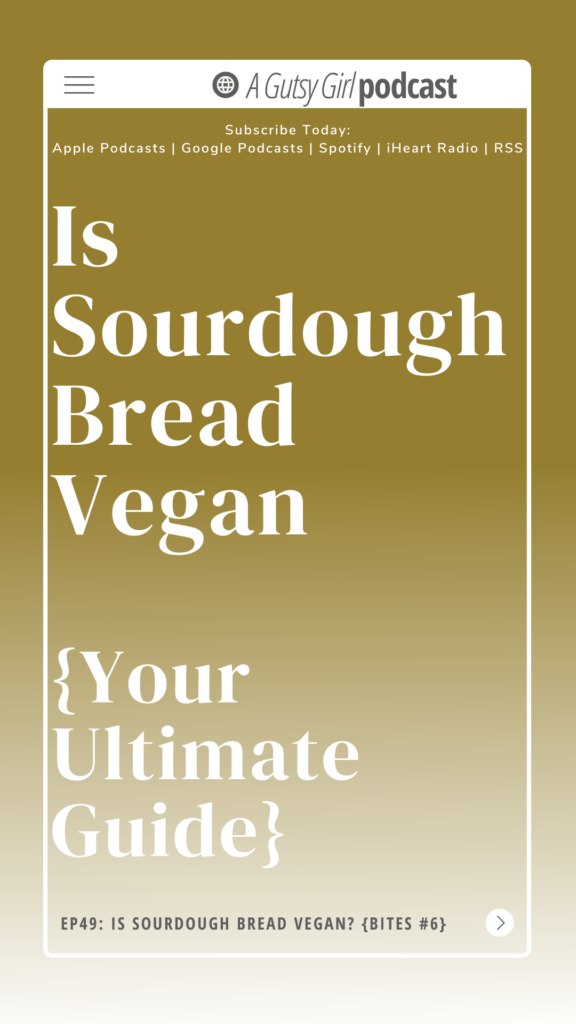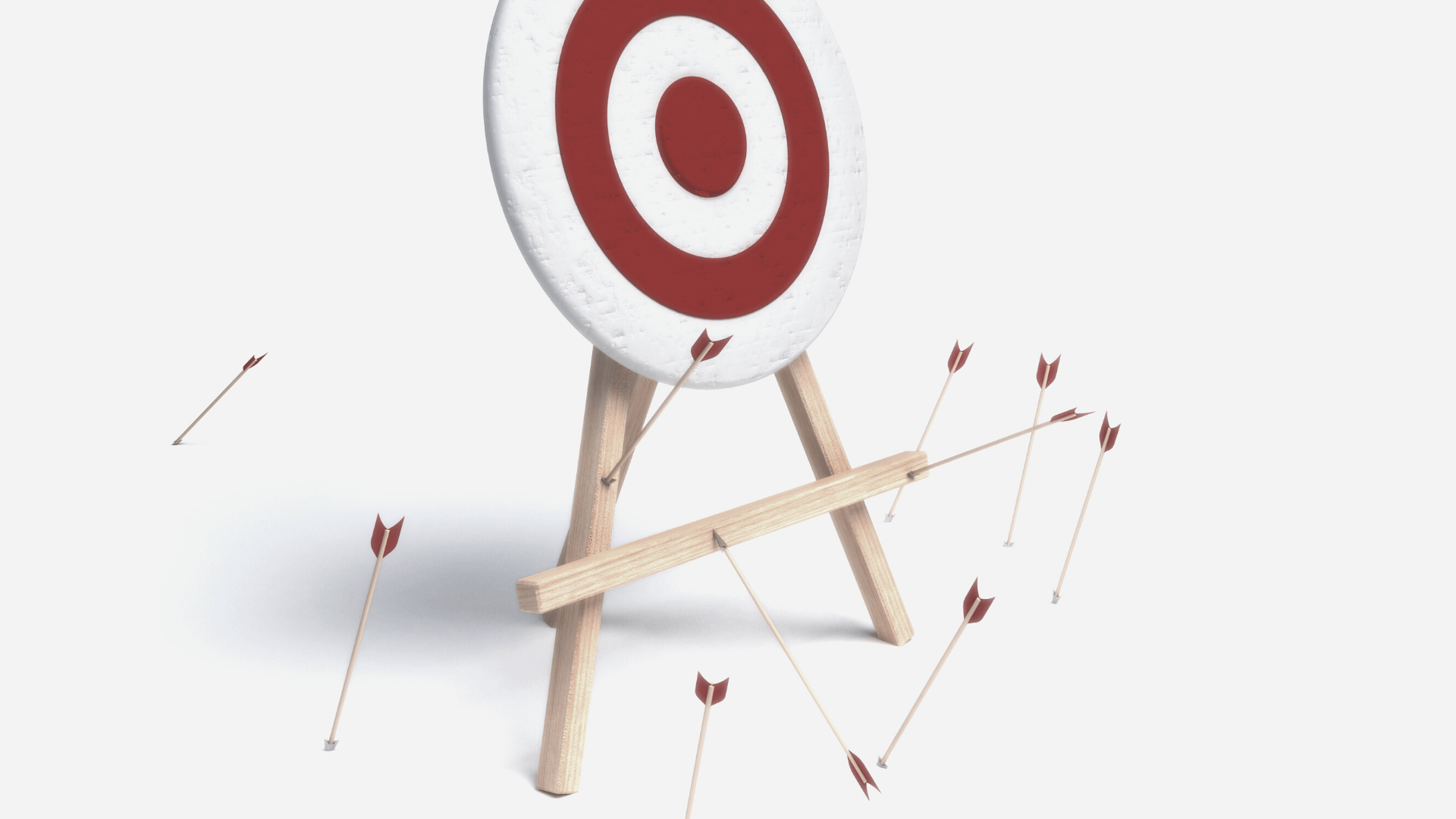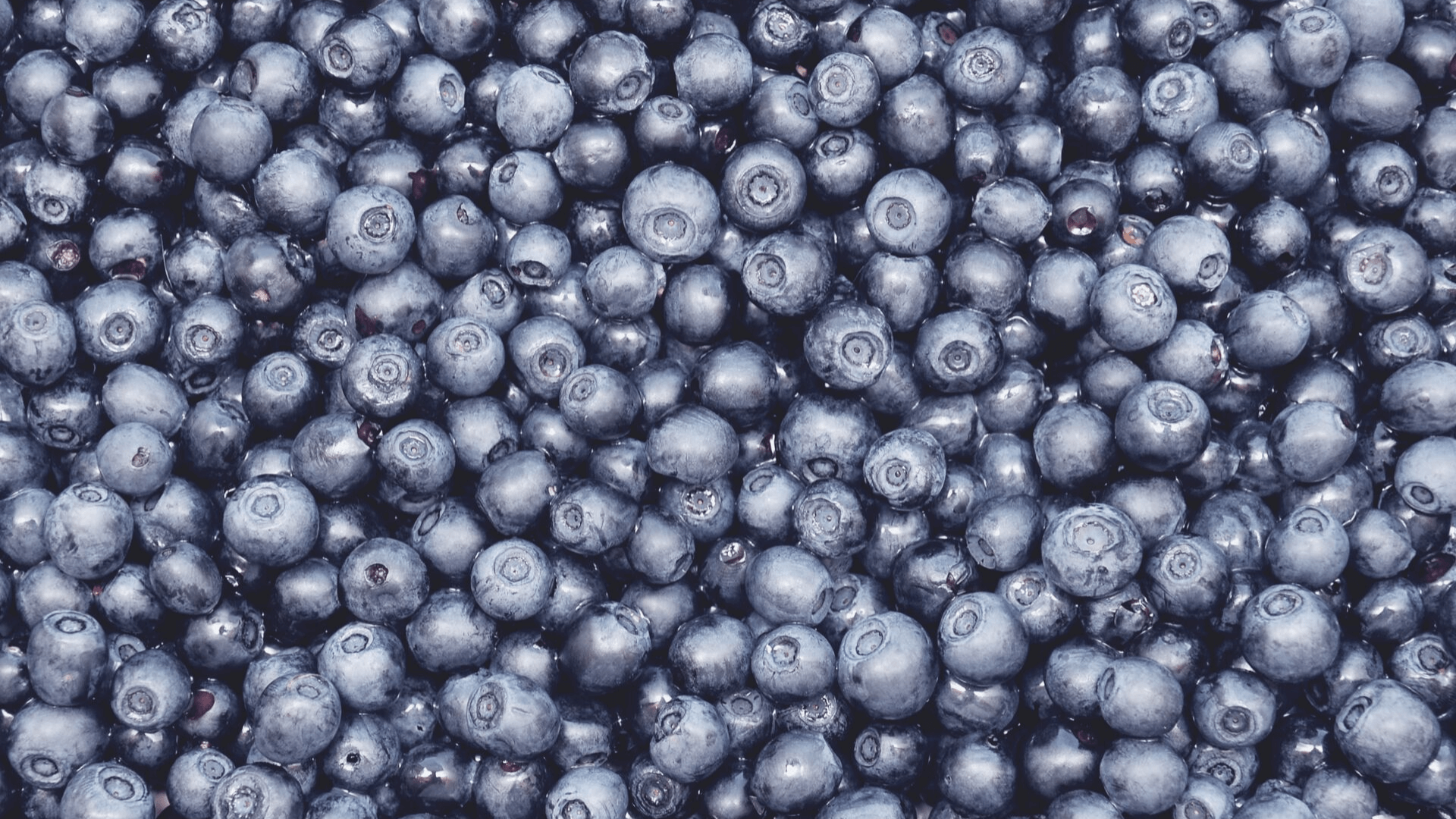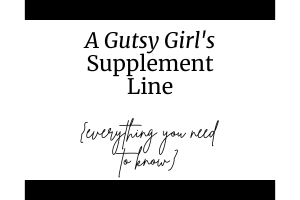Is Sourdough bread Vegan? And all things Sourdough today!
Sourdough is the oldest way of making bread, and uses naturally occurring wild yeast and lactic acid bacteria.
The Sourdough School, p. 14
Why are we chatting about Sourdough bread today?
The answer is three-fold:
- In just two short days September will be here. And my friend Vanessa Kimbell, author of the bestselling The Sourdough School book, and its sister title The Sourdough School – Sweet Baking + 10-Minute Sourdough, is launching Sourdough September.
- My love for all things Sourdough just keeps growing.
- Answering some questions about the lovely bread that I’m constantly asked.
So let’s start with point number 2 because isn’t that where we always start in this community…..with the number 2?!
pssssttttt…..this conversation around is Sourdough bread Vegan (+ all other things Sourdough) is also the A Gutsy Girl podcast bites #6 episode. Get all the goods by tuning in to the short episode.
Subscribe Today:
Apple Podcasts | Google Podcasts | Spotify | iHeart Radio | RSS
My Sourdough Story
In case I haven’t shared with you my Sourdough story yet, here it is.
I never had intentions of making my own bread. But then, about a year and a half ago (at least that’s the timing I recall), my sister-in-law had a starter that was already like a decade old.
It was a family starter, and they no longer wanted it. So, they asked my mom and I if we each wanted some.
Without hesitation we said yes, but I’d be lying to you if I didn’t tell you that I was nervous. There were three reasons why:
- I couldn’t even keep my succulents alive; how would I keep the starter alive?
- Would I want to devote the time it would take to first keep it alive and then actually bake the bread?
- …..gluten.
But alas, I took the starter home, as did my mom, and the rest is history.
Well, kind of.
Because I was so nervous about it all, I headed to the Google gods and entered, “best Sourdough books.”
First thing I saw was, The Sourdough School by Vanessa Kimbell.
I went straight to Amazon and ordered it. Upon receiving the book, I noticed the subtitle right there on the front cover,
The ground-breaking guide to making gut-friendly bread.
And when I opened the book, I saw there was all this information and background context with Vanessa, her research on the microbiome and the digestibility and nutrition of this bread.
To say I was excited is definitely an understatement!
I immediately reached out to Vanessa to see if she would come on the podcast to share all about Sourdough. She happily agreed, and it’s still one of my fave episodes because of her charm and knowledge. In case you want to listen, it’s The Perfect Loaf {Podcast Episode 10 with Vanessa Kimbell}.
To round out the number 2 point, I’ll let you know that my Sourdough game is still super strong.
I’ve kept the starter alive, and she has beautiful little bubbles clear as day in the jar she houses in.
I try to make the bread as often as possible, and there has never been a complaint from guests who enjoy it with us!
Is Sourdough Bread Vegan (Your Ultimate Guide)
Click HERE to save this post on is Sourdough bread Vegan for later.

Moving on to point #3: addressing some common questions I’m asked about this Sourdough life.
Is Sourdough Bread Vegan
Naturally, sourdough is a vegan bread. Therefore, the short answer is, “yes.”
Now, most people love to pair that Sourdough bread with a thick pat of butter. If you choose this, then your bread will not be part of a vegan diet because butter falls under dairy products which are not vegan.
However, if you dip that bread in some olive oil and vinegar, then you’re good to go!
Here are the only 3 basic ingredients in traditional sourdough bread:
- water
- flour
- salt
One reason many think sourdough is not vegan is that they believe eggs to be part of the ingredients list.
Eggs, however, are not part of the ingredient list. In fact, eggs and/or egg whites are really only common ingredients found in Paleo and/or other alternative breads.
The other reason that Sourdough bread recipes might not be vegan is if they are packaged and enriched with things such as:
- dairy – added milk
- eggs – whites and/or egg yolk
- honey
Can I make gluten-free Sourdough bread?
Can you? Yes. Do you need to? I don’t know.
Remember, you need no additional ingredients beyond water, flour, and salt to make this bread.
Therefore, one could conclude that you could use a 1-to-1 gluten free baking flour (Bob’s Red Mill has a great one) to replace a traditional flour. If you have a confirmed diagnosis of Celiac disease, this is your best option.
However, if you don’t absolutely need it to be gluten free, then I want to offer up some things:
- The fermentation process breaks a lot of the gluten down. In Vanessa’s book, she states, “In a study on gluten degradation headed up by renowned sourdough microbiologist Marco Gobbetti at the University of Bari in Italy, the residual concentration of gluten in 48-hour fermented sourdough was 12ppm and albumins, globulins and gliadins were completely broken down.”
- Use the best, highest quality, organic flour possible and step out of the “I only heal if I’m gluten free” mentality. Here are are three different flours for my sourdough making I always have on hand:
- Whole Grain Milling Company, a multi-grain flour (from a local company)
- King Arthur; Organic unbleached all purpose flour
- King Arthur; Organic unbleached bread flour
Good bread is a total game changer for good health.
Vanessa Kimbell
Want to learn even more about the gut and ways to heal it? Learn all the secrets via my signature book, A Gutsy Girl’s Bible: a 21-day approach to healing the gut. Grab your copy on Amazon HERE.
Or, have this book at your fingertips instantly by downloading the PDF now.
Can you share your sourdough recipes?
Kind of.
I have already shared ‘how I feed my sourdough starter’ and the Tuesday routine HERE.
The last step in that process is:
- Then, I cover the mixture again (with the two cloths as well). I place the entire bowl in the fridge until sometime Saturday – Monday when it’s time to bake (usually happens on Sundays).
On baking day, here is what I do:
- Take the bowl out of the fridge to sit on the counter for at least several hours. Ideally, you want this to get to room temperature.
- Then, I begin the dough rise and fold. I place a thin layer of flour on a large cutting board (this is usually the multi-grain one, as I like the unique taste and texture of the bread, as opposed to regular bread). The dough gets poured onto the flour and folded. It then sits for 20-30 minutes. That process repeats 4 – 5 times. Quick tip: I have done this with even just one rise and fold cycle – a tasty bread still results!
- When you’re done with the cycles, let the bread sit and rise for a couple hours.
- Once ready, I preheat my oven to 450 degrees and the dutch oven (which is what I bake the bread in) is in the oven while preheating.
- I remove the dutch oven, then line it with parchment paper. I place half the amount of dough on the parchment paper, scoring the top (3 snips with a scissors).
- The dutch oven then gets put back in the oven – covered – to bake for 25 minutes.
- For the final 10-15 minutes, I take the cover off.
Your homemade bread is done when the middle temperature reaches 200 degrees.
Now, the reason I say “kind of” is that even with my method and how I feed the starter, you’ll ultimately still need to either purchase and/or make your traditional simple sourdough bread starter.
I have not done it, but according to page 62 in Vanessa’s book, you’ll need just two ingredients for the sourdough culture:
- flour (she specifically says organic stoneground flour) and
- water
Don’t let the simple ingredients fool you into thinking it’s easy. Kombucha also requires minimal, simple ingredients, but the process can still be somewhat sticky.
Vanessa mentions things like:
- the need for a warm place to store it (not hot and not cold)
- container type matters; glass not metal
- make sure there are no other cultured foods nearby while it sits for 12-24 hours
- once the fermentation has been established – i.e. those bubbles I talked about earlier – transfer it to the fridge
Moving on…..

What do you do with your sourdough once it’s done?
Here are my 3 favorite things to do with the bread:
- Eat it fresh out of the oven with my homemade maple-cinnamon butter. I do not use vegan butter for this, and use just 3 main ingredients: organic butter, maple syrup, and cinnamon. I place all three in a bowl and whip together then spread about the warm bread.
- Break into small chunks, place in a container, and freeze for later. I like to take it out about mid week and use for mini peanut butter, banana, and sourdough sandwiches. This is a great way to make it the gift that keeps on giving.
- Slice it horizontally and use as sandwich bread.
What is the shelf life of vegan sourdough bread?
This loaf of bread, one baked, is about as fresh as it comes.
Truthfully, after just a few days it will start to mold. This is also why I tend to keep only half out at a time, freezing the rest.
It’s also why in places like Italy, they are constantly going to their local bakery for bread — because it’s fresh and when something is fresh, made with natural ingredients and without all the extra additives and preservatives, the shelf life is fairly low.
Sourdough September
And finally, for point number 1.
Vanessa coined the term, but I’m jumping fully in with her because I adore it – all of it.
According to Vanessa,
From this September, the doctors and healthcare professionals who graduate from The Sourdough School Diploma will be able to prescribe bread making to their patients.
So what does that even mean?
Vanessa and her team have several online courses that teach people about how to bake bread that nourishes, but they are now launching 12-week Prescription Courses.
These courses are based on their Bread Protocol (the 7 core principles for baking bread that nourishes the gut and the mind), and are underpinned by their dietary intervention studies, a 700+ strong database of research papers, and 20+ years of teaching the Nutrition & Digestibility of Bread.
Now, c’mon….if you don’t think that’s just incredibly cool, I’m not sure we are on the same wavelength 🙂
The current (and first!) Prescription Course will launch in September, and it is the 10-Minute Sourdough Course.
I am partnering with Vanessa and the Sourdough School on this, and I will have an extra savings if you want to take the course, too. I’ll be sure to share it as soon as the course is ready.
In the meantime, I’m going to share more about fermentation and some of my fave fermented topics this month.
You’re going to see how awesome (+ healing) not only different types of bread, but fermented foods in general, can be.
If you liked this post + episode, you might also enjoy:
Xox,
SKH
🤰 bloating be gone! weight loss through optimal gut health for women
💃ʜᴇᴀʟ ʏᴏᴜʀ ɢᴜᴛ. ʜᴇᴀʟ ʏᴏᴜʀ ʟɪfe.
🫶🏻 founder gutbyome.com






